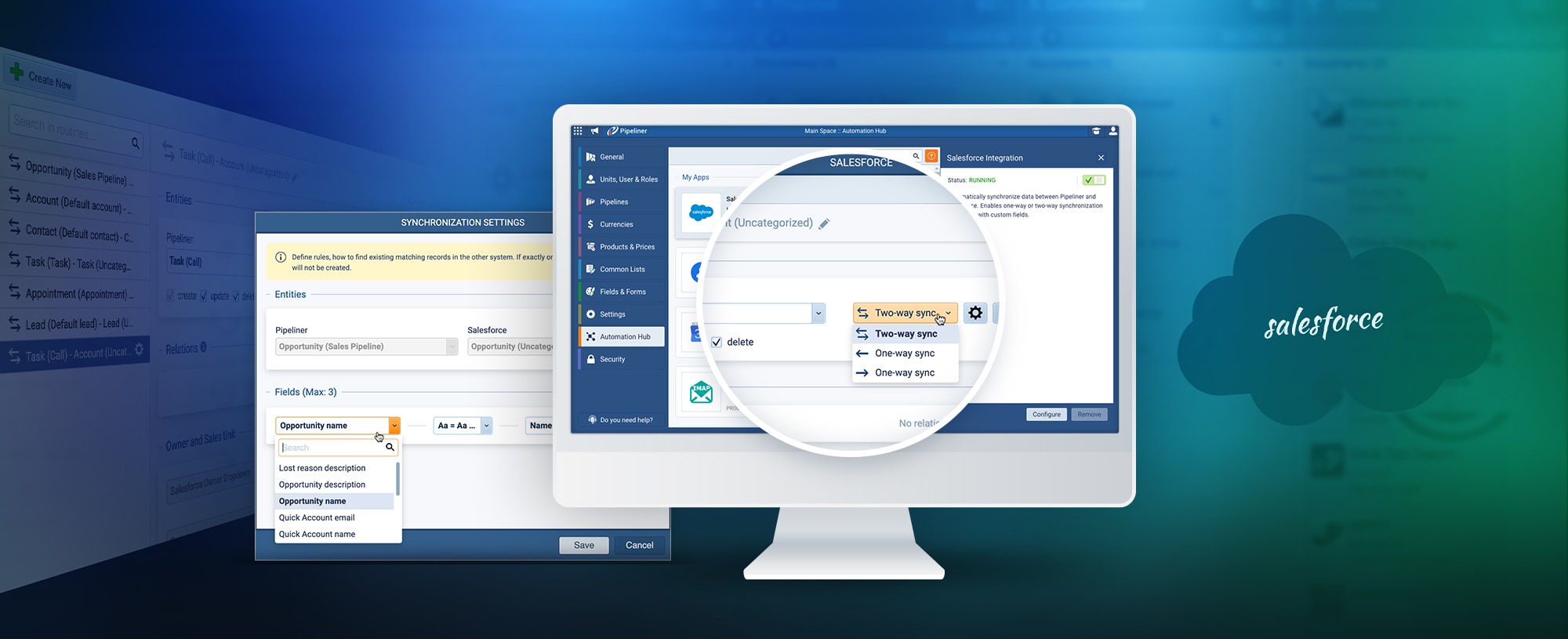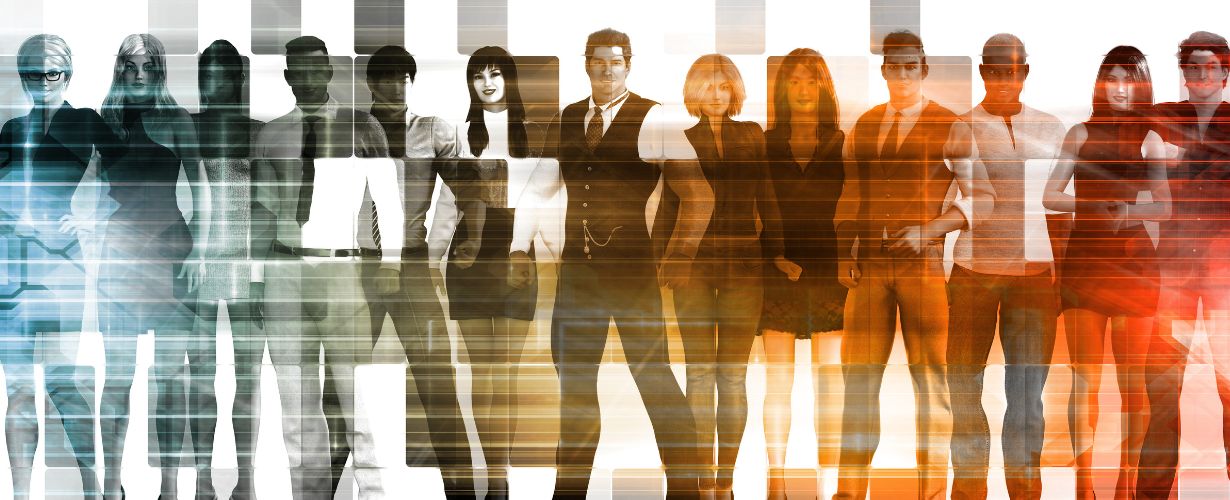We cannot begin to comprehend the exponential speed at which technology is growing. When my grandfather was a boy, everyone was mainly still riding horses. In 1919 right after WWI, he visited the relatives of his mother in Chicago, a voyage he had to make first by ship from Rotterdam to New York and then by train from New York to Chicago. By the time he passed away in 1978, such trips were made in a matter of hours by air, and he was driving a brand-new luxury automobile. His lifetime saw the introduction of the car, the telephone, television, air travel, computers and much more.
Technology’s adoption rate to today boggles the mind even more. Just look at the smartphone. The iPhone, which began the smartphone revolution, was introduced in 2007, and a 2013 survey across nine emerging economies found that one in four adults ages 18 to 34 owned a smartphone. By 2018, that number had grown to two-thirds for most countries.
The adoption rate for artificial intelligence could be predicted to be ten times faster than the smartphone. Why? The majority of phone users worldwide already have a smartphone, but once you have the device you simply need to download and activate an AI solutionSolution Solution is a combination of ideas, strategies, processes, technologies and services that effectively helps an organization achieve its goals or hurdle its challenges.. I feel this is one of the dangers of unregulated AI—it simply spreads everywhere super fast, almost instantly worldwide without any control or knowledge of risk to personal dataData Data is a set of quantitative and qualitative facts that can be used as reference or inputs for computations, analyses, descriptions, predictions, reasoning and planning..
Requirement for Regulations
As AI development and innovation proceed with such dizzying speed, we should analyze its direction and the urgent need for its regulation.
As an analogy, let’s look for a moment to another area, skeet shooting, which I personally enjoy. Many regulations are associated with this sport, impacting how the shotgun is held, how ammunition is dispensed and cared for, and numerous others. Everyone participating expects and respects these regulations because they care for their own and others’ safety. If it weren’t for these rules and regulations, there would be many accidents, some most likely fatal.
Nuclear weapons could be taken as another example. They have been with us for around 80 years, and today are the biggest threat to our existence. Atomic weapon technology exists in many countries and, just as with AI, if it were to fall into the wrong hands it would spell disaster. There are many national and international regulations, as well as arms control, associated with nuclear weapons. So far these restrictions have prevented all-out global destruction.
Similar restrictions should be applied to artificial intelligence.
Threats of Artificial Intelligence
AI could threaten three different areas.
Threat from Government
The first threat would be that of governments. There is a term called “statism,” which means that the government has substantial centralized control over social and economic affairs. Control is the number one issue with AI because at some point, politicians would realize they could control it and leadLead Lead refers to a prospect or potential customer (who can be an individual or organization) that exhibits interest in your service or product; or any additional information about such entity. society in any direction they like. This kind of control is what we have seen with TwitterTwitter Twitter is a free-to-join social network with a micro blogging service that allows the sharing of links, images and videos as well as the publishing of short posts called tweets. and other social media in the last decade.
It can be clearly seen that politicians and private enterprises occupy two different worlds. Show me one company that would lie as Congresspeople lie. These politicians tell lies, and we can do nothing about it. And it isn’t just one political party or the other—it’s both. They both serve one master, their own interests instead of the people’s interests.
Threat from Private Companies
Private companies, making AI technology proprietary and utilizing it for manipulative purposes, could be viewed as the second threat. Right now, AI is under the control of only two corporations, Microsoft and Google. Microsoft took control of OpenAI—originally non-profit, which has since become for-profit—and ChatGTP. The other company, Google, operates on the belief that AI could one day exceed humanity and eventually replace it.
As I explore in more detail below, I believe the only protection from this threat is to make AI completely open source.
Criminal Threats
Criminals make up AI’s very real third threat. AI in criminal hands could mean, literally, the wrecking of whole economic systems, not to mention threats of fraud to private citizens, their data and their finances, and private enterpriseEnterprise Enterprise (in the context of sales) is a relatively large organization typically composed of multiple levels, locations, and departments which need multi-layer software systems that support collaboration across a large corporate environment..
By leveraging AI fraud detection software, financial institutions and businesses can safeguard transactions and protect sensitive information from cybercriminals.
Regulating and Controlling AI
Defining AI regulations would require experts. As I said earlier, the government should not be responsible for AI’s regulation—but further, the government should have no responsibility for the choice of experts in regulating AI. If the government chooses the experts, they would then pay these experts’ salaries so the experts would tell the government what they want to hear.
Independent experts for defining regulations must be chosen from every field, experts not allied to any government or government agency. Control of AI should be in the possession of the community, not from private companies or the government. We’ll cover this more fully below.
Introducing Bias into AI Code
By utilizing partisan AI experts, we open the door to the introduction of bias into AI code.
We see throughout society today an example of the type of bias that could be introduced: a woman can only be identified subjectively, not biologically. But how is a human being actually identified? When it is born, it is identified as a human because it has two arms and two legs. The same applies to other animals—a lion is a lion, not a tiger. An elephant is an elephant. And as 99 percent of other animals in nature, humans are either born male or female, identified as such by physical characteristics. For any other type of identification to be programmed into AI would be folly.
AI Must Be Open Source
In addition to the qualification that experts be independent, AI code should also be open source so everyone can access it. When AI becomes a closed box, completely proprietary, it can then be in control of governments or various corporations.
Currently, open source repository GitHub receives contributions from over 100 million open-source programmers, and many more millions graduate schools every year. With the growing number of open-source programmers, we can leave control of AI where it belongs—in the hands of the community.
For many years I have very vocally advocated for open source. In 2001, I and my company Uptime put together and presented a report about how vital open source would become to programming and technology. I presented this report at the famous Cafe Landtmann in Vienna. Executives from Microsoft were with me on the stage, and their position was completely opposite, that open source would never have a place in computing. Of course, today Microsoft has totally reversed its stance, having purchased open source repository GitHub as well as OpenAI.
As we went over earlier, the introduction of bias could come about from choosing the wrong experts for AI. Bias could also be introduced if AI code is not open source and is proprietary only. It may not happen in the first code generation, but it will happen. We’ve seen this occur through algorithms in social media, and for it to happen in AI would spell disaster.
Taking the Right Direction
We have no way of predicting, with so much confusion running rampant throughout the world today, future events. If the wrong people—meaning governments, private corporate interests, or criminals—take charge and control artificial intelligence technology, we are doomed.
Therefore we must be responsible for assuming control and defining AI regulations so that it never goes in the wrong direction.





